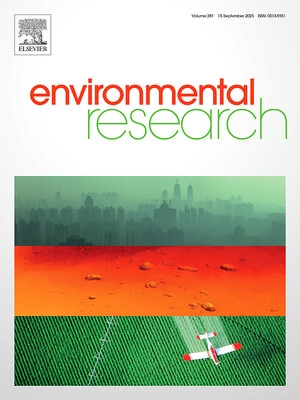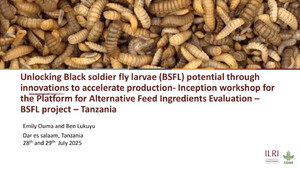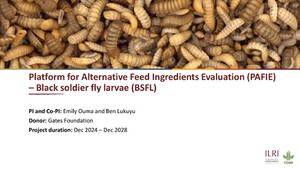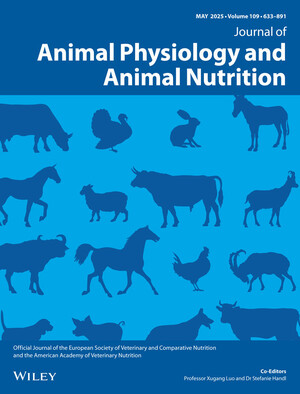
Agricultural knowledge management: The case of cattle feed quality improvement in Bure district west Gojjam, Ethiopia
Abstract
The government of Ethiopia gives great attention to livestock development for the country’s economy development. Having quality of animal feed is one of the pertinent components of livestock development. To improve the quality and quantity of animal feed in certain locality, farmers should be able to access and use appropriate knowledge for the particular problem at the right time and place. This research was conducted to assess agricultural knowledge management system in relation to improving the quality of animal feed in Bure district. To do so, the data were collected from primary and secondary sources. Multi stage sampling technique was used to select representative respondents. SPSS software (version 15) was also used to analysis the data. As survey result shows, crop residue (92.2%), attela (91.1%), natural pasture (65.6%), hay (62.2%) and birnt (30%) were the major feed sources for dairy producers in Bure district. To improve the quality of feed for their dairy cows, dairy producers had used supplementing non-conventional feeds (like attela and birnt) after grazing (92.1%), green hay making (65.2%), supplement concentrate after grazing (41.6%) and developing improved forage (20.2%) as the major mechanism. Agricultural officers (60.2%) and farmers’ own experiences (52.3%) were the major sources of knowledge for dairy producers in order to improve the quality of cattle feed. Informal discussion (56.8%), experience sharing sessions (36.4%) and on-walk observation (26.1%) were also the major means to access such knowledge. On the other hand, dairy producers had transferred this knowledge into their neighbors (95.1%), friends (91.4%) and relative (63.0%). This study clearly shows that in the study area the mechanisms that were used for improving the quality of cattle feed, did not properly improved the quality of the feed as the dairy cow need. Therefore, efforts should be done to introduce improved and more productive fodder types. Improved mechanisms (like urea treatment, urea molasses block, micro effective) should also be introduced to improve the palatability of available crop residue. In addition, to enhance the adoption rate of all these technologies, all concerned bodies should understand the communities’ knowledge system and approach them through their common knowledge sources and strengthen their means of knowledge accessing and sharing strategies.
Citation
Assefa, H., Gebreegziabher, T. and Tegegne, A. 2015. Agricultural knowledge management: The case of cattle feed quality improvement in Bure district west Gojjam, Ethiopia. Journal of Agricultural Extension and Rural Development 7(1):1-7.










